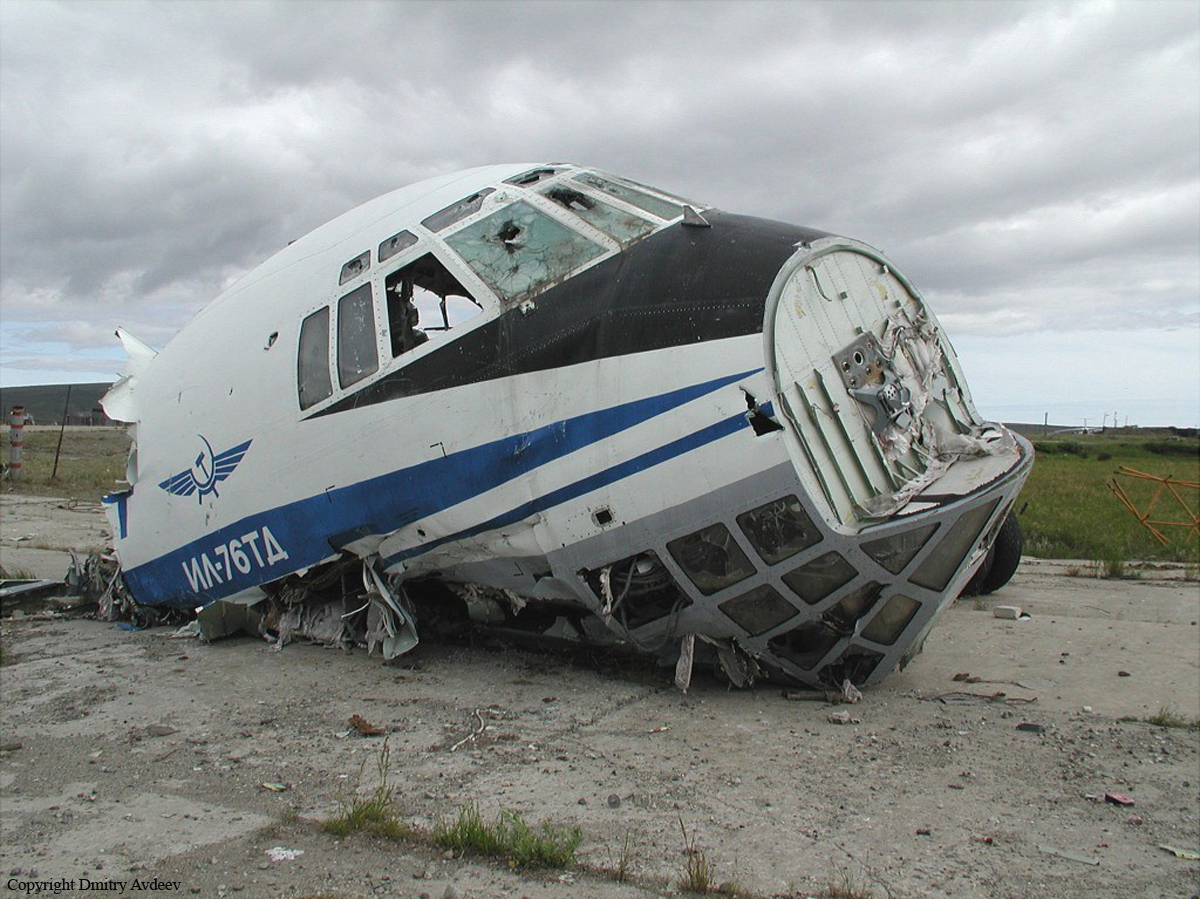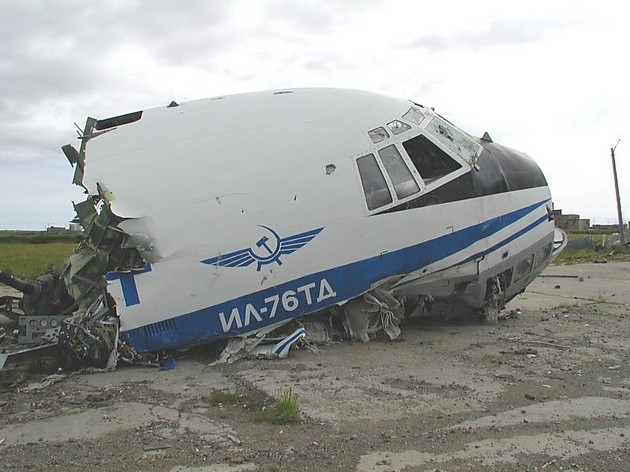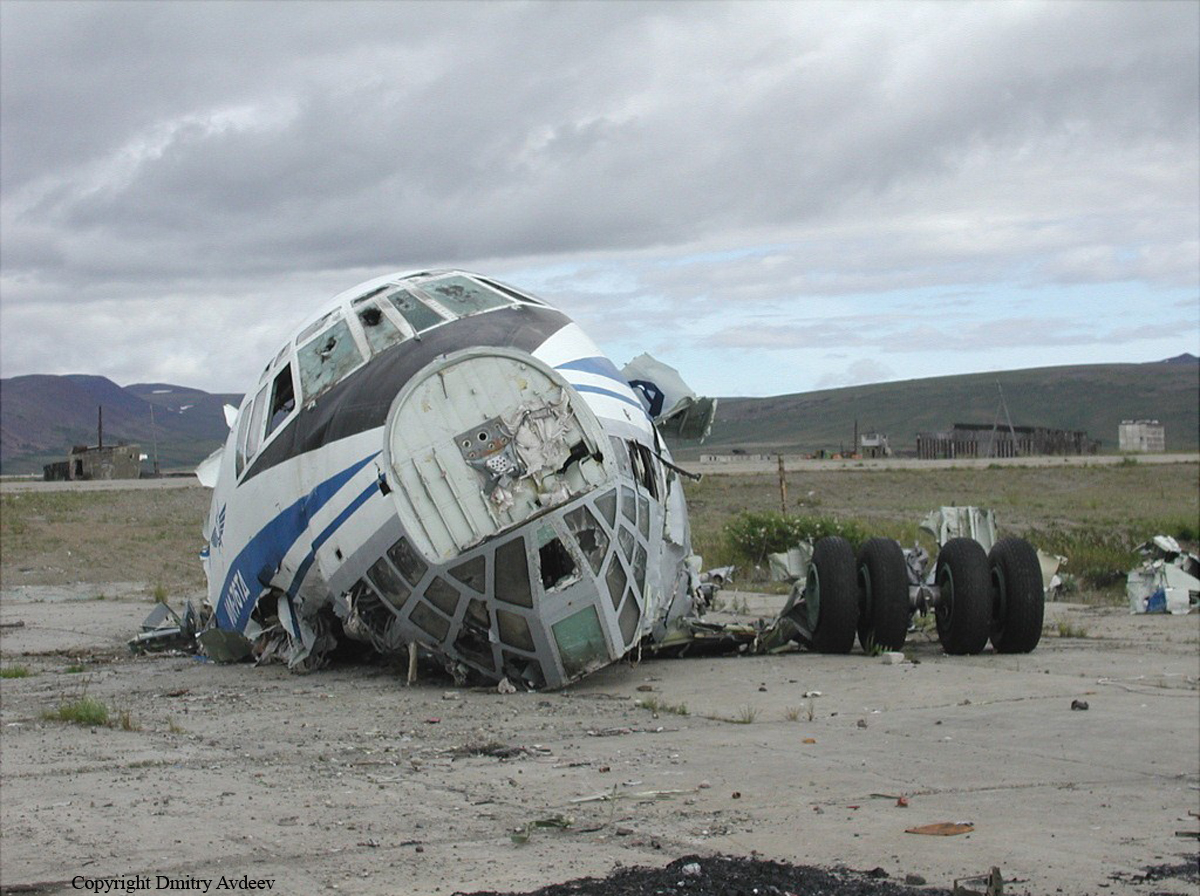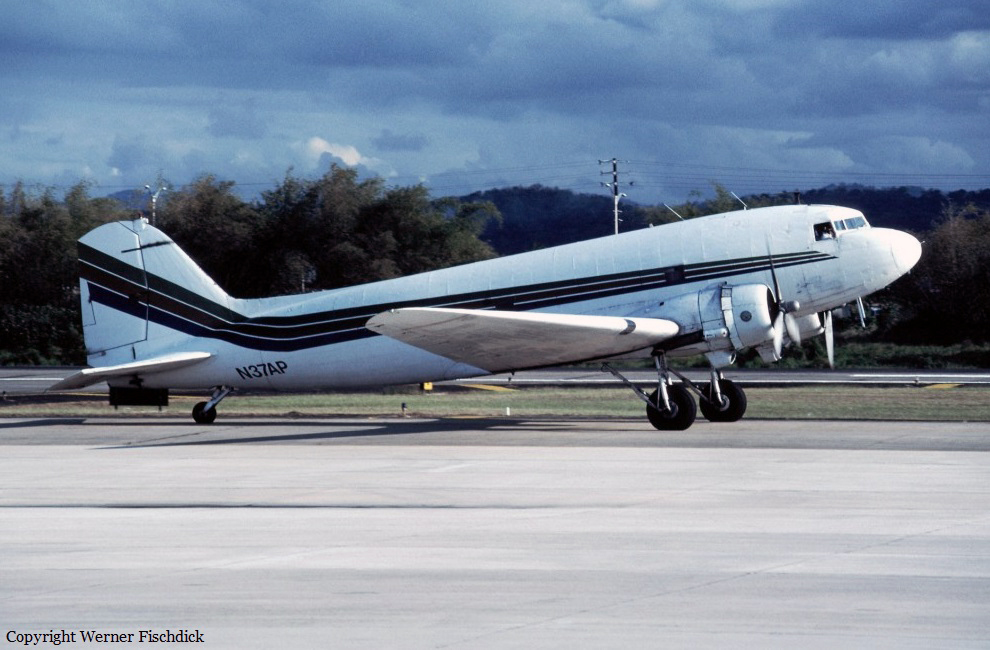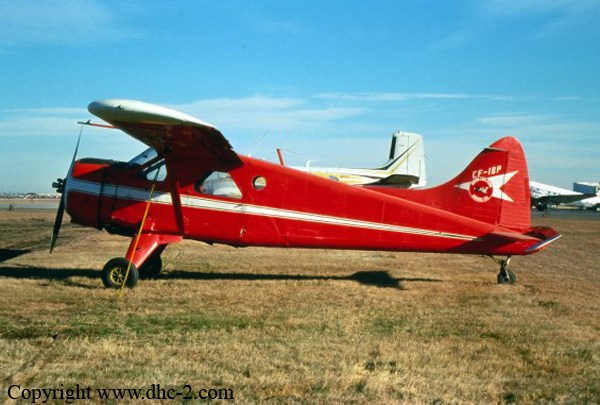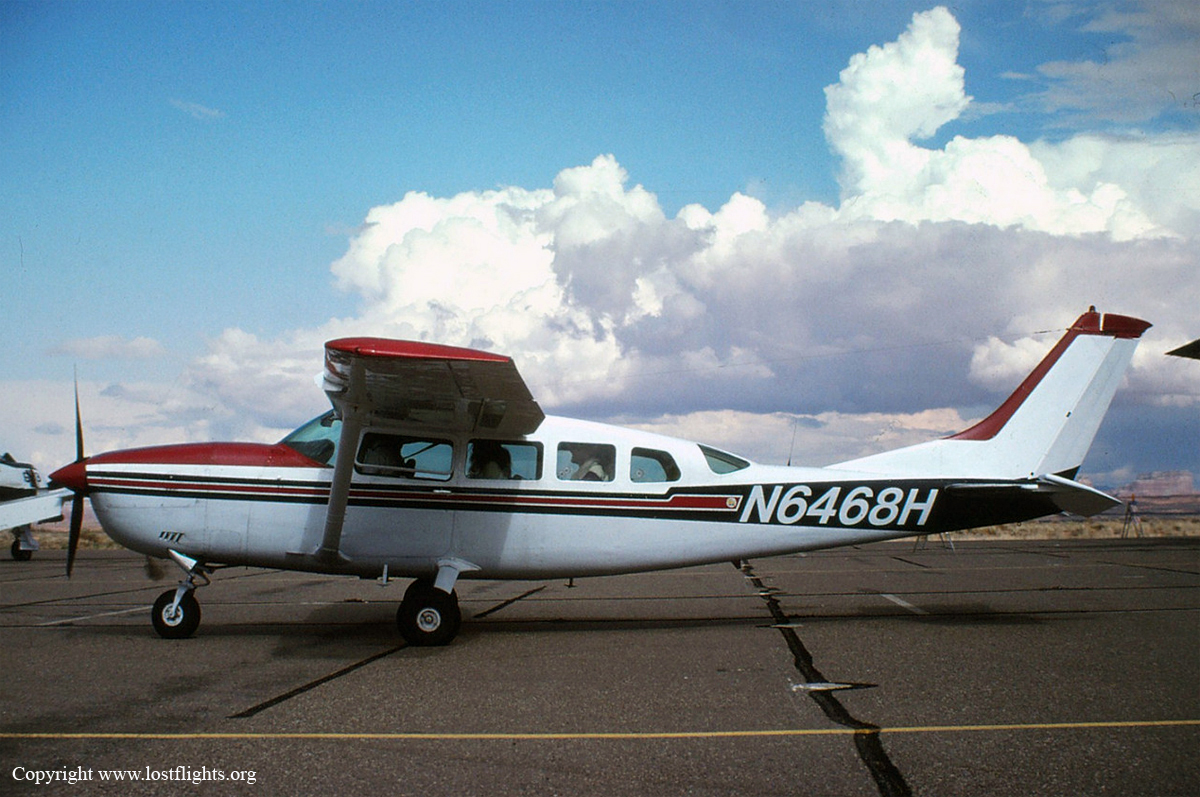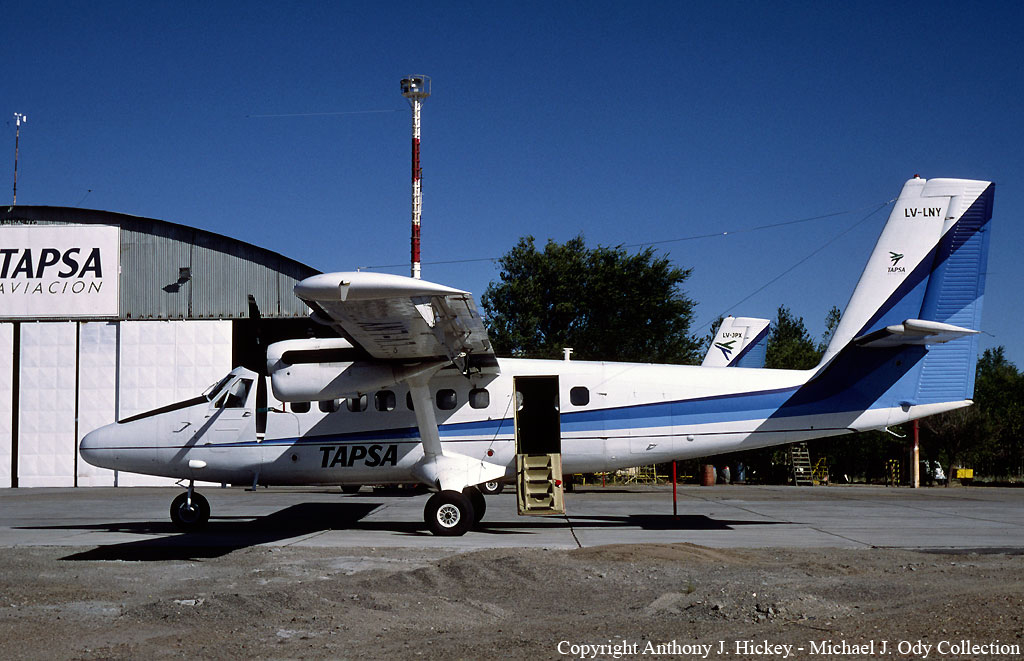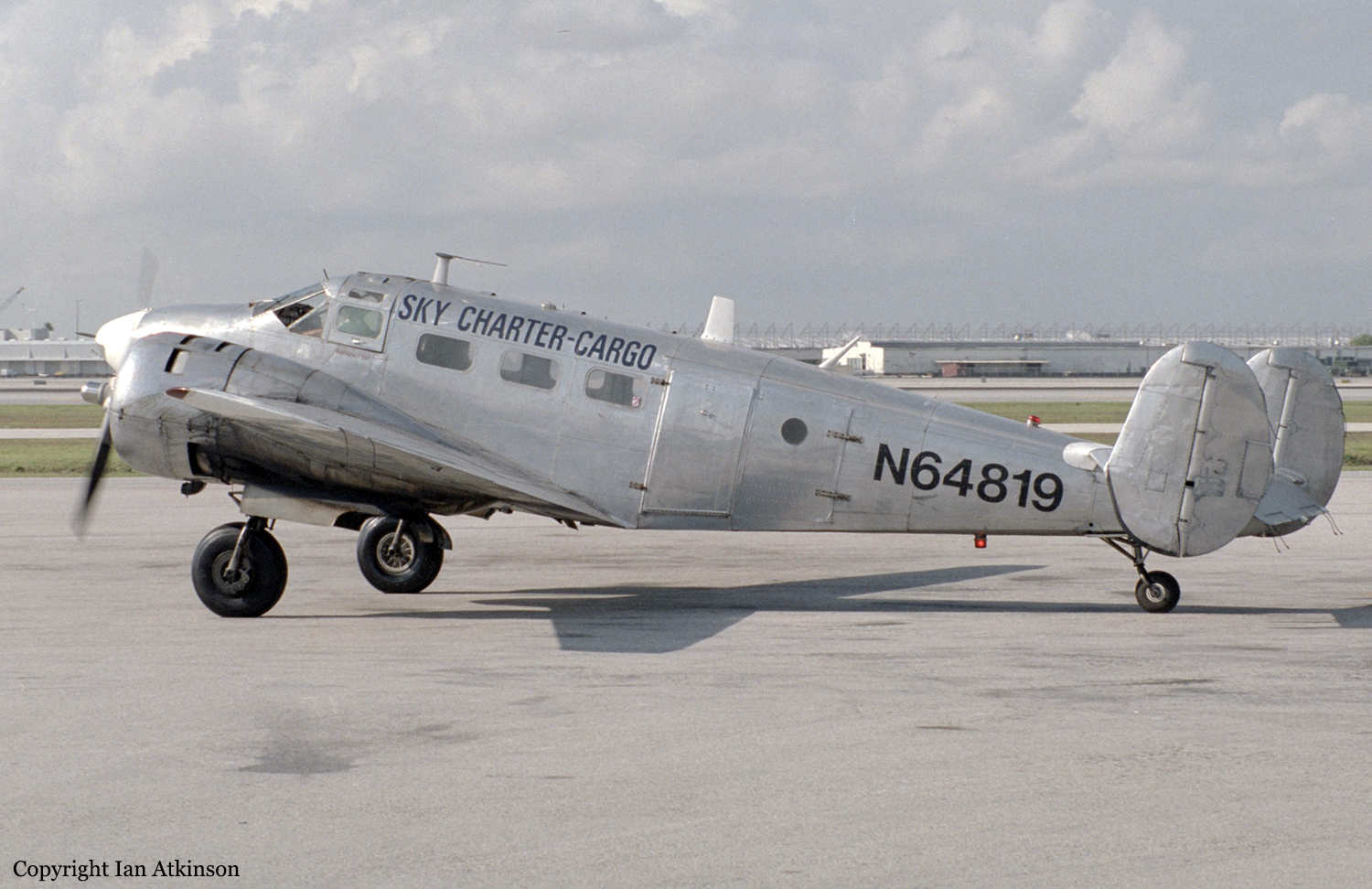Crash of an Ilyushin II-76TD in Anadyr
Date & Time:
Jan 25, 1997 at 1454 LT
Registration:
RA-76834
Survivors:
Yes
Schedule:
Anadyr – Magadan – Moscow
MSN:
10234 09319
YOM:
1992
Crew on board:
9
Crew fatalities:
Pax on board:
16
Pax fatalities:
Other fatalities:
Total fatalities:
0
Aircraft flight hours:
3309
Aircraft flight cycles:
1083
Circumstances:
During the takeoff roll, at a speed of 290 km/h, the copilot started the rotation. The aircraft lifted off, reached a height of 7 metres then entered a left bank of 3,5°. Following a course of 665 metres, the aircraft entered a critical angle of attack, nosed up to 35° then landed back on the runway while the undercarriage have just been retracted. The aircraft slid on its belly and came to rest 270 metres further, about 120 metres to the left of the runway centerline. All 25 occupants were rescued, among them two were seriously injured. The aircraft was damaged beyond repair.
Probable cause:
It was determined that the captain decided to seat on the right front seat, letting the command to the copilot seating in the left front seat, which was against the published procedures because the copilot was not authorized and did not have sufficient experience. The copilot forgot to extend the flaps in an appropriate angle for the takeoff procedure, which caused the aircraft to adopt a critical angle of attack after liftoff and to stall. Successives errors and poor crew coordination were considered as contributing factors as well as the fact that the crew failed to follow the pre-takeoff checklist and failed to identify that the aircraft was not properly configured for the takeoff procedure.
